Rail Equipment Descriptions
The following car descriptions include each car's general usage, the main types of commodities shipped in each style of car and some of the special features which distinguish the various styles.
See Shipment Quality information for the steps we take to protect your shipments.
| Automotive Racks Designed to ship domestic and imported automobiles, trucks, SUVs and mini-vans. | 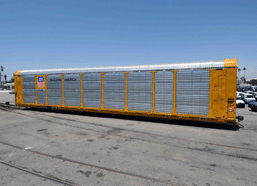 | 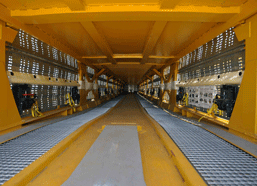 |
| Boxcars Designed to transport crated or palletized freight of all kinds. Boxcars are the most common type of rail cars with a variety of sizes and features. | 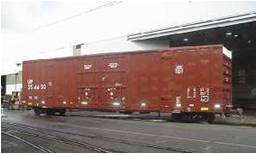 | 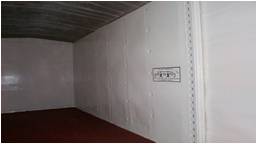 |
| Centerbeams Designed to transport bundled building supplies, a center partition secures the product in place. | 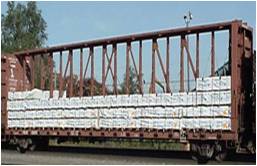 | 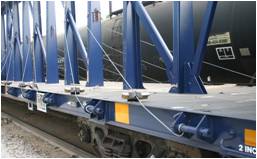 |
| Covered Hoppers Designed to handle shipments of free flowing dry bulk commodities. Cars are loaded from the top and product is discharged from the bottom. | 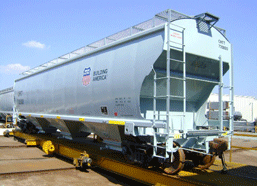 | 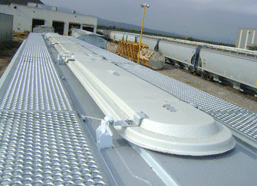 |
| Coil Cars Designed for products such as coiled steel, steel plate or high grade ores. | 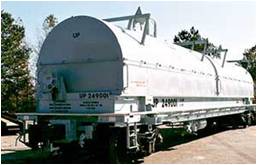 | 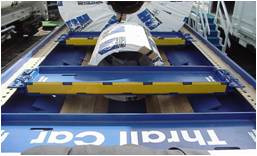 |
| Flatcars Designs come in a variety of lengths, tonnage and capacities for specialized commodities that are not subject to damage from the elements. | 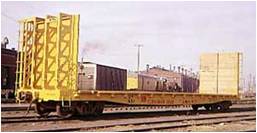 | 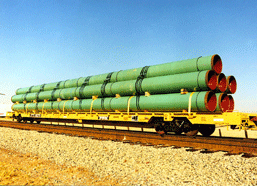 |
| Gondolas Designed to ship heavy bulk commodities that includes scrap metal, aggregates, logs, lumber, etc.
| 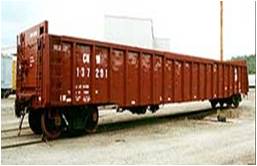 | 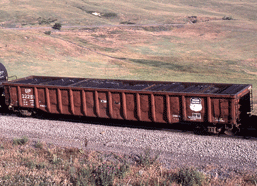 |
| Intermodal Equipment Containers and trailers that transport freight of all kinds. | 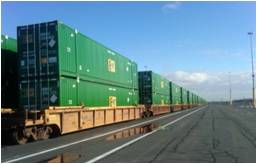 | 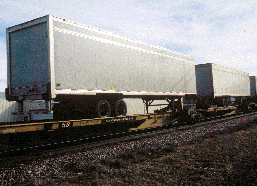 |
| Refrigerated Boxcar Designed to control the temperature of perishable freight such as fresh fruits, vegetables, frozen food and more. | 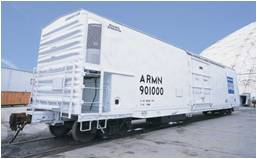 | 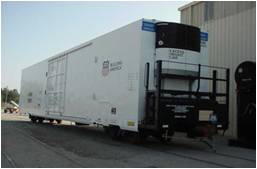 |
| Open Top Hoppers Designed to handle heavy dry bulk commodities that are not affected by weather conditions and will flow or discharge through the bottom gates into storage pits. | 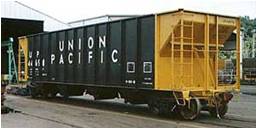 | |
| Tank Cars Used to ship compressed or liquid commodities, the majority of tank cars are owned by non-railroad companies. | 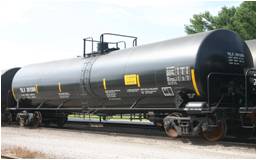 |
